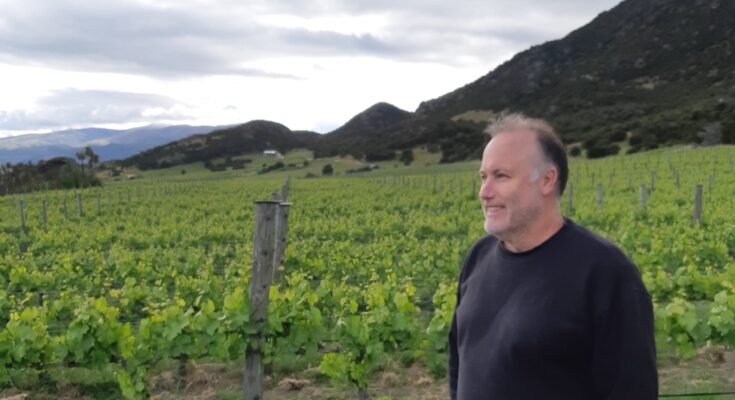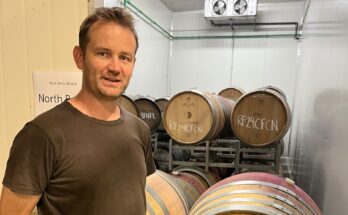Prophet’s Rock is a place I’ve visited before. I came up the hill, getting lost along the way and ending up right at the top, at the Zebra Vineyard, in 2019. I spent a good couple of hours looking around and chatting to Assistant Winemaker Tracey, only to discover that my recording device had recorded two hours of a loud hissing noise and was a write-off. I do wonder if the place has some sort of effect on recordings, as… although this time my recorder has captured all the conversation between me and Paul – when I went to transcribe it first time around (about three months ago) the file managed to delete itself off my computer after a few hours of solid working on it. It has taken me this long to summon up the courage to face re-doing it all again. So, third time lucky – WineFolio presents a morning with Paul Pujol at Prophet’s Rock!
The vineyard was certified Organic in January 2018. Since I’ve visited, the winery has been expanded and extended. In their first vintage they only had the central building – no barrel halls or lab – “ sort of a one-room wonder” as Paul puts it. “In the tradition of every winery build, it’s never done by harvest” he adds. The new structure was completed by 2020, with a lot of it dug into the hill. Where I’m standing would see all the receiving action during harvest – although Paul explains “You’re in the land of no crushing, no whole bunch here. We’re running against the tide on that one”. He moved here after a spell making wine in Oregon, and it didn’t take much to persuade him to take the job at Prophet’s Rock – the site has quite a presence.
All the whites – Chardonnay, Riesling and Pinot Gris are fermented in barrel. The aromatics only see neutral, old barrels of all different sizes. Just the Chardonnay has a tiny bit of new oak. Paul had worked in Alsace for a while as Head Winemaker where the barrels can be a couple of hundred years old.
Heading into the barrel hall, I spot a few barrels from other makers. Paul tells me “We help keep Alan Brady in the game. Those two rows are his. He’s still making it, although he took that year out after Mt Edward, thinking he was going to retire – and wrote that book about Central Otago. But then he started his third winery – Wild Irishman – and was buying fruit from vineyards he knew really well. He came up here is 2019 and made twelve tonnes, but as you can see things have kind of escalated! At the start of 2021 he bought the Weaver Vineyard in Alexandra, so he’s back in the vineyard game. It has Pinot Gris as well, and a tiny bit of Muscat and Pinot Blanc. He’s made a wine in 2021 that has all three in it. The wines are really good”.
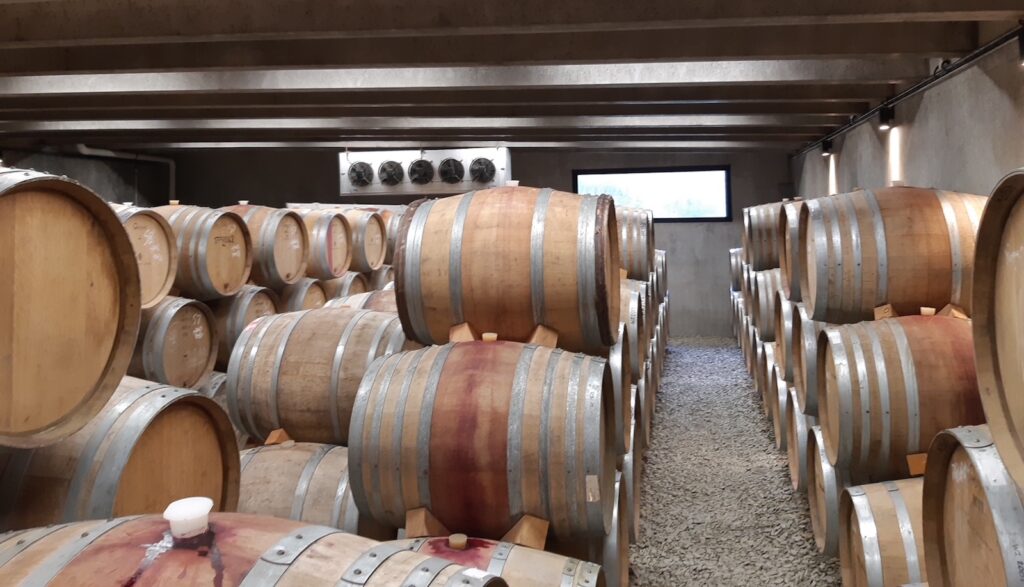
The barrel has a dirt floor and is very humid – staying around 90% all year. It does mean that they don’t lose so much wine (and have to top barrels up less) and don’t need humidification. Their racking method is also interesting – old school – what I called ‘the french way’ which enables them to do the final stage, when they are coming up to bottling, to do it unfiltered. Using a taste de vin they can tilt the barrel and check for lees/sediment, so that it is precise and gently handled. Along the way, the wines are seeing a lot of air, which sets them up well for ageing. It is designed for stillage, because if you’re on racks the balance point – to tilt the barrel – is very different.
As the new building was ready for the 2020 vintage, I ask Paul how they coped with the unique set of parameters around that time? He tells me. “Tiny was the main problem. There was just no wine. No dramas with the wine quality – but we got the four horsemen of the apocalypse really. It was really windy from an unusual direction; we got a lot of rain – it was the Spring when Lake Wanaka flooded up into the town; it was cold with late snowfall up in the hills and then to finish us off it hailed! We got there because the vines didn’t really have a lot to do. A lot of empty barrels”.
During harvest they try to keep the input to two or three press loads a day – that would be around 2000 litres per press, and with something like the Pinot Gris it is then settled in tank overnight and then to barrel the next day. I bump into Austin Black, who I know from his days at Terra Sancta, and is now working at Prophet’s Rock. “There’s nothing that happens here that I haven’t seen before, but my job here is to make sure that Pauls’ vision gets to where it needs to be. I’m just figuring out how Paul likes to do things, but he’s not prescriptive – he just says ‘this is what we need to achieve’ and we talk about it and between us we get there. It will be a season and a half before I’ve got my head around it.”
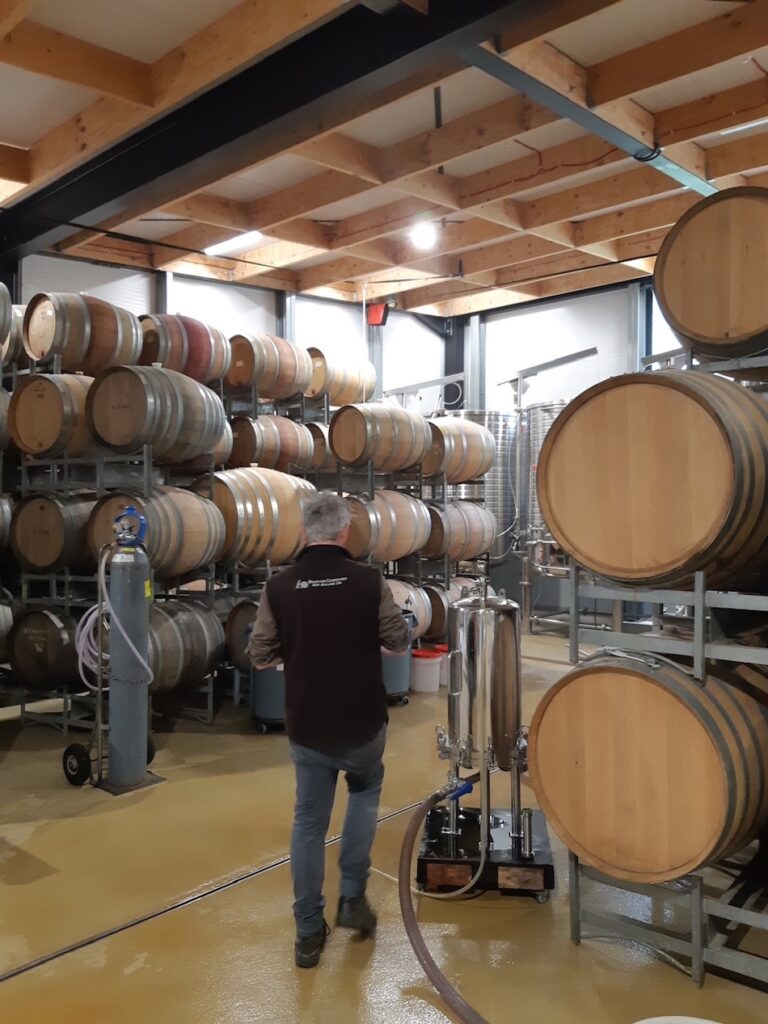
I ask Paul a couple of things – does he have the freedom to create whatever he personally likes and that the consumer will hopefully agree… and if he has any plans for something new. His answer provokes much laughter: “Well, we’ve planted a few things. Very commercial decisions – especially the Muscat and Gewurz. It’s just all that latent demand and pressure from the market that we couldn’t ignore. Commercial winery that we are. Obviously no-one will care about that. We’re not completely insane – we haven’t planted very much of it. My favourite Grand Crus in Alsace for Muscat and Gewurz are on clay and limestone. Up here the soil is clay and chalk, so it’s a good set up, and we’ll see what happens”.
I tend to like my aromatic wines with a few years under their belt – ideally twenty years. Paul agrees: “If you’ve got the structure – there’s a lot of phenolics in Gewurz. In the village below us in Alsace – a producer – Leon Beyer was a very old school place, with no temperature control or any of that carry on. His move at any dinner that we’d do, as part of the Grande Maisons d’Alsace, would be to pull out Gewurz from the 60’s, and they were always great. People are used to having blinding old rieslings. They know that lasts forever, but they aren’t aware that it is the same for Gris and Gewurz”.
As I’m having a look at the barrels of white wines, I ask about the Vin de Paille that they make. Apparently there are just two single barrels – a 2021 and a 2022 sitting side by side, ticking away. Paul has made quite a bit of dessert wine in Alsace “Where I was working was quite famous for it, but I’d never made a Vin de Paille, so I didn’t really know too much about what to expect. They’re normally pretty slow, but it was fermenting really slowly, and ended up fermenting for 13 months. Which we’ve now discovered isn’t really that bad. I remember talking to Francois and travelling to the Jura before I started making one. I met this winemaker and thought he might have some old Jura wisdom, like ‘if you stir it counter-clockwise on a falling moon’ but all he said was ‘Yes, sometimes these things can ferment for years’ – smiling”
We take a walk down to look at the new plantings. It’s a beautiful crisp morning, with snow on the tops of the hills. It seems exposed but the prevailing wind is a Norwester which rips around the corner from Wanaka and heads towards Cromwell, leaving Prophet’s Rock a little out of the firing line. The Home vineyard is the best overview of the site, and we stop at the block that Francois Millet makes his Pinot from, looking further down to where the Retrospect Reserve wine comes from – a block at the far end. At that point the chalk is almost on the surface. It is normally 40-50cm deep, so the vines there grow quite differently, with small bunches, resulting in a wine that when I’ve tried it against the other Pinots from here, seems quite different. Cover crops have just been re-sown, with ‘a whole mix of things’ in every second row. Last time around the phacelia went nuts – Paul shows me a very ‘instagram-able’ photo on his phone.
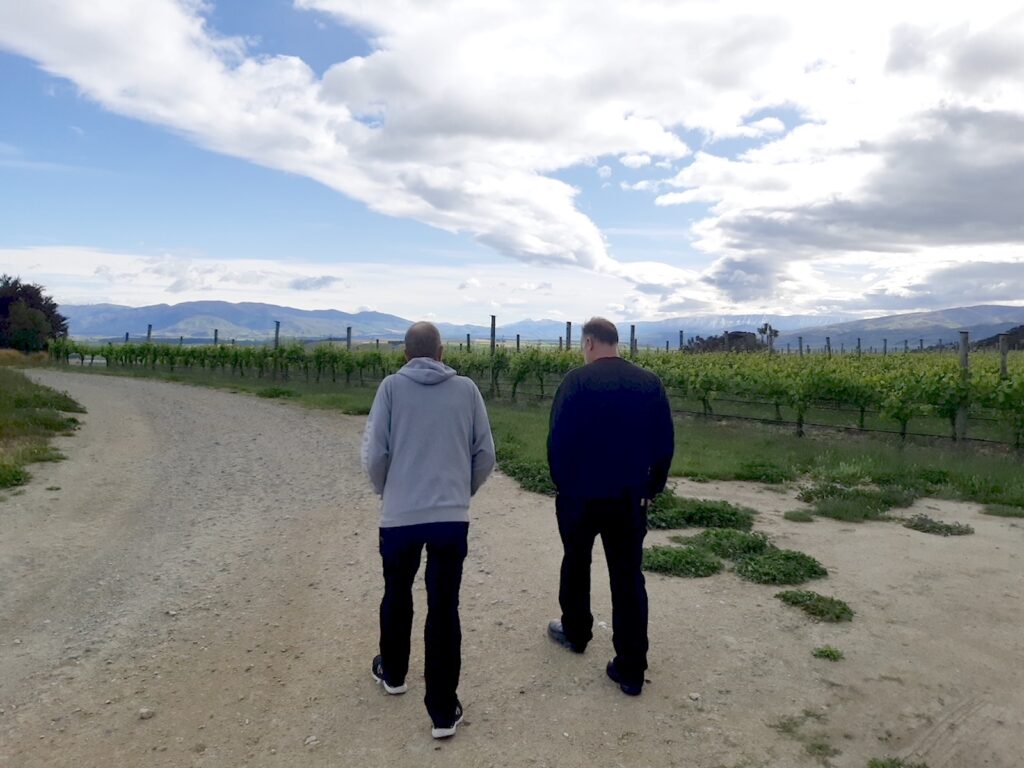
Their Oleria Pinot is grown in the schist rock soil of Rocky Point, if you can call it soil. Oleria is a tree daisy, and is native to Central Otago. Like a Kanuka, anything from the region tends to have tiny leaves – suited to an arid climate. Picking dates aren’t dissimilar to Prophets Rock – within a week of each other. Low vigour soil, but with very high mineral content as there’s not much organic matter. Building organic matter in – with things like cover crops – is therefore important. They make all their own compost from all the winery waste to put things back to the land. The schist gives the wine more linear energy, front to back with a mineral finish. Pinot will give you an expression of where it is grown, but it is also easy to just overwrite that by how you handle it in the winery. Paul tells me one of the things that Francois has said to him: ‘the voice of the angel is easily obscured’.
WineFolio: How do you benchmark your wines, and figure out how you are doing in the ‘world of wine’ and decide if they are doing well?
Paul Pujol: We do get wines reviewed. We don’t do any shows. The style of the wines aren’t going to do anything in shows. It would be a waste of time. I think it is weird to put a cornerstone of your marketing into something so random. It depends where you’re sending wines to. If you’re in big chains and grocery and that, then you’re going to want stickers and medals and that. We’re about 90% on premise, and the last thing that a restaurant wants is a whole lot of stickers on the bottles. My benchmarks might be a little different – with Alsace varieties it would be the wines that I made or I knew, from there. Whether it is ageability or style and how they line up. It’s nice to go back there pretty regularly and show people wines.
In fine dining you’ll get feedback, because people who are choosing wines for their lists. Whether it is Ducasse, or on the last trip I went to Geranium who have three of our wines, and just came out as Top Restaurant in the world – it’s in Copenhagen. I did a staff training there, and they’re really direct. If something’s crap they’re going to tell you. Or if it’s not going to work with their food, or whatever. It’s important if you’re in a small winery – you have to get out in the market. You can’t wander around your own winery thinking everything’s amazing. Getting that feedback is the most important thing to me. Pinot is a bit different because obviously you can taste and look at what’s happening geographically. Who are your neighbours and what’s happening there? It helps you see how people handle the different seasons, in our marginal climate.
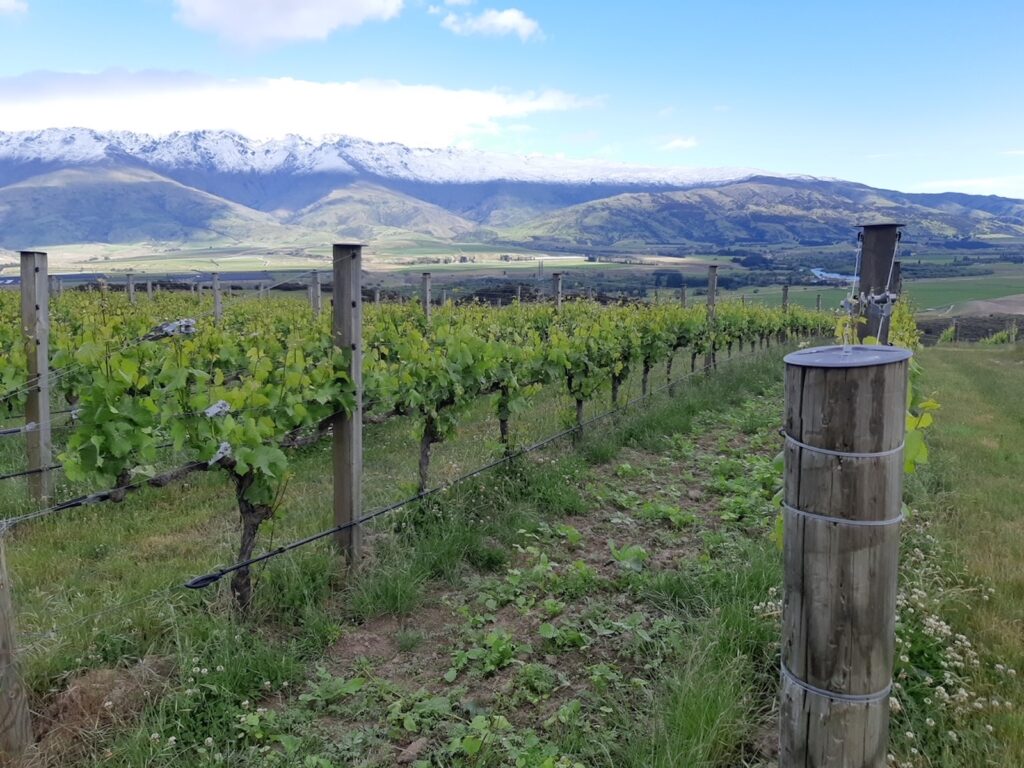
WF: What do you think makes a wine great?
PP: Balance and harmony. You find with great wines that nothing sticks out. They’re integrated and harmonious. The ones that really spin my wheels are the ones where you really see the site. There are wines from Francois that aren’t really Pinot Noir at all – they’re places. You just know that no other wine could possible taste like what you’ve got in your glass. They’re somewhere, not something. They’re not ‘house style’ or winery-driven. Not exercises in winemaker ego and how you can manipulate things. They taste true of where they are. With great Pinot they have presence and flow but they’re not heavy. Concentration but not dense. Structure but not tannic. Debussy said “music is the silence between the notes”. You need relief in the palate – ‘concentration’ can be monolithic.
WF: This riesling tastes quite dry.
PP: It was on gross lees for 11 months, in barrel. The wild ferments very rarely go to zero – the odd barrel will, so you get to taste it with absolutely no sugar in it, but it would be reasonable challenging, commercially, to do that style. The pH in this vineyard is always very low – low threes, so acidity is not high – for riesling – high sevens or low eights. When you see that sort of pH and absolutely no sugar at all, it is quite austere. You’d leave that one for ten years at least before you even release it. It seems to peter out around five or six grams. The ferments will usually take anything up to six months. I don’t care, we’re not trying to release it in the Spring. We’ll bottle it just before the next vintage.
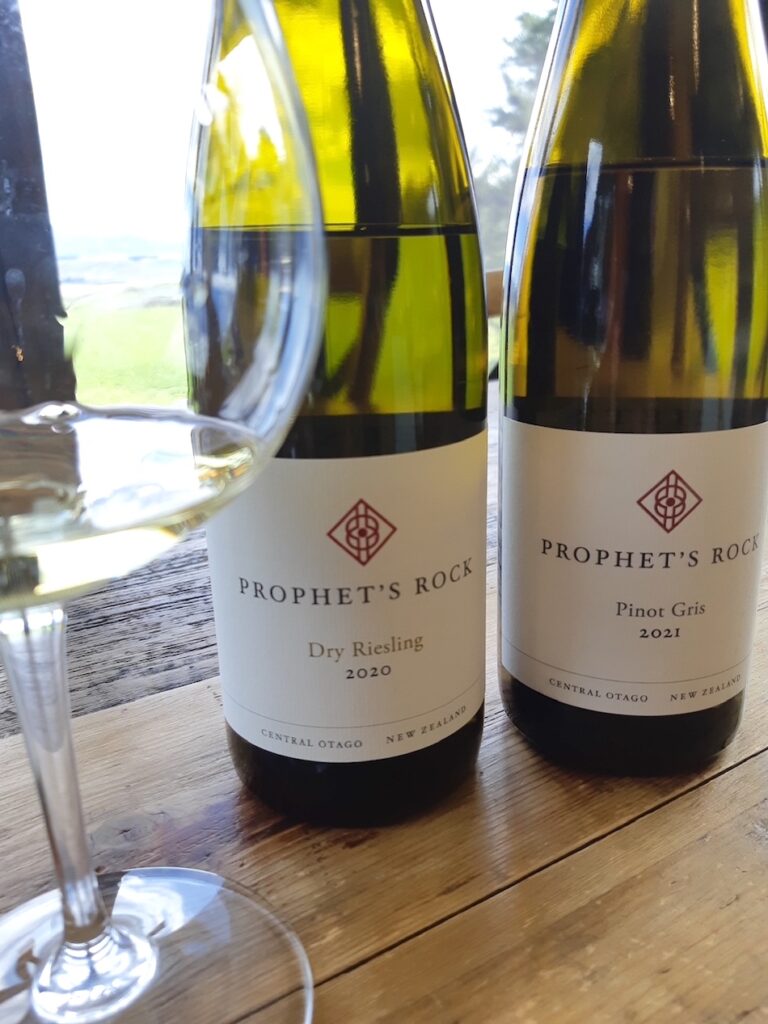
When I went to Alsace professionally, one of the mysteries I always wanted to solve was ‘why do those wines have this amazing texture – compared to the New World?’ Whether they’re bone dry or not there’s always this crazy texture. I was new to the industry and wondered ‘is it the soil, the foudres? What’s the go?’ And the first thing you notice when you go there is that no-one bottles their white wines three months after harvest, like we do here. So of course there’s no texture – the wine’s only been in tank for five minutes. There, when the ferment is finished, they leave them in the foudre and bottle just before the next vintage. You don’t want the foudre drying out, and then you fill them back up again with the new vintage.
WF: What do you think is the big difference then, between there and here?
PP: You have time on the less to integrate the acidity. You get more complexity and layers of flavour, and suddenly you’ve got texture. There’s no free lunch though. At bottling they can be quite closed and they’ll open up very slowly over time. So, set up for super long ageing and they become more aromatic. Whereas your classic New World wine can be explosively aromatic on release and then it is on the fade. Alsace is the opposite way. Grand Crus rieslings released only five to seven years after harvest that were more aromatic then when they were bottled.
You’ve got to be aware of that in terms of your release time. It’s not a straight ‘one way is better then the other’. You’ve got to think about what you’re doing. And for young New World wineries – like us – cashflow is important – you’re paying off your vineyard or winery – and getting wines to market is life or death stuff.
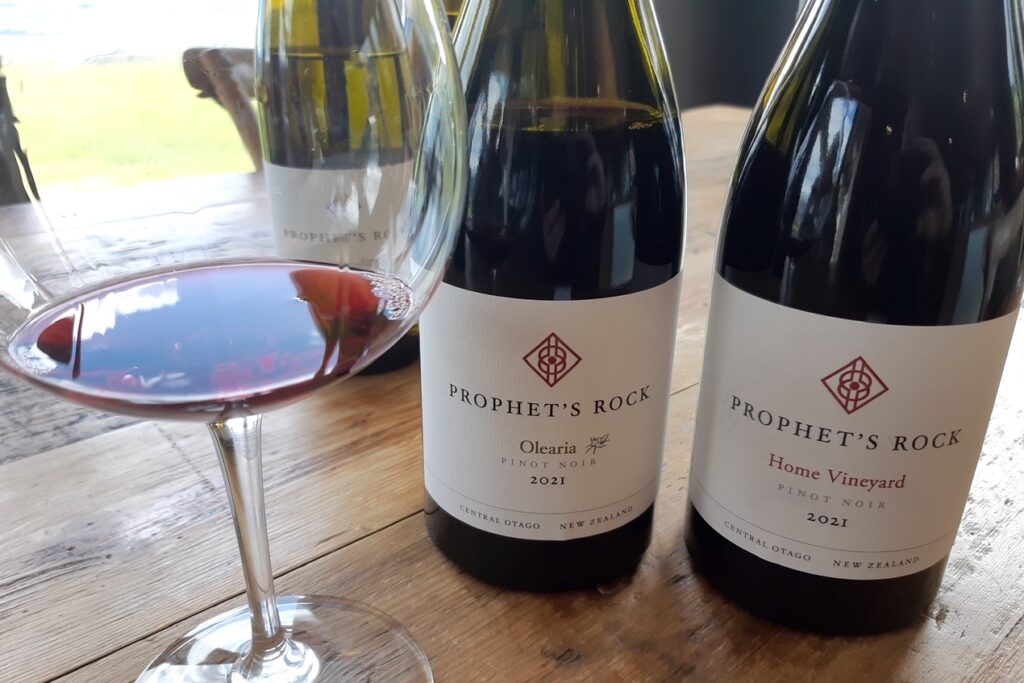
WF: How do you go about your craft, if you’re making a wine and bottling it – to be drunk ten years down the track – but you haven’t seen that result… and you have to carry on producing anyway?
PP: You’ve got multiple timescales of feedback. Even very quickly – during fermentation – you’ve got a sense of if what you’re doing is taking things in the right direction. Whites – there’s not a lot to that piece, but the reds… in terms of whether it is extraction, whole bunch use, new oak. There’s some feedback you’ll get quite quickly. You come into any situation with what you’ve learnt – or what you think you know! (laughs). You’ve got to be really careful to play what’s in front of you.
Farming here is interesting. You don’t see snow on the hills in Oregon at this time of the growing season. Alsace is very sheltered and very dry. It’s also a lot warmer in Alsace than where they grow Riesling in Germany. In Baden and the Pfelz you’ll see Rieslings fermented out dry, with alcohols of 12% that you see in Alsace. The potential in Alsace is huge. It is drier than Burgundy and the growing season is a month longer, so you’ve got an easier road. But that has been part of the problem as well. People would carry really big crop loads in pinot and it would still get ripe. Which is why historically a lot of Alsace pinots were this light, often chilled, Pinots you’d have with your starters. They’d be up at 90+ hectolitres per hectare and still getting enough ripeness to make a light wine.
The guy I took over from had studied in Dijon and worked in Burgundy, and he brought back barrels and started making a more burgundian style from the best blocks. In the 90s, people like Deiss took that on. You’ve got everything you need – old vines, limestone clay soils that are similar to Burgundy, plus other soil types from granite to volcanic to slate. It was always all there but they just never did anything with it, generally speaking. And now that handover is complete and everyone who is making wines in Alsace is a generation that went to school for it. And that was not the case when I was there. I was the only trained oenologist when I was there. Everyone else was just doing it as their grandparents did. Not that that’s a bad thing, but it isn’t going to bring about changes in approach or style.
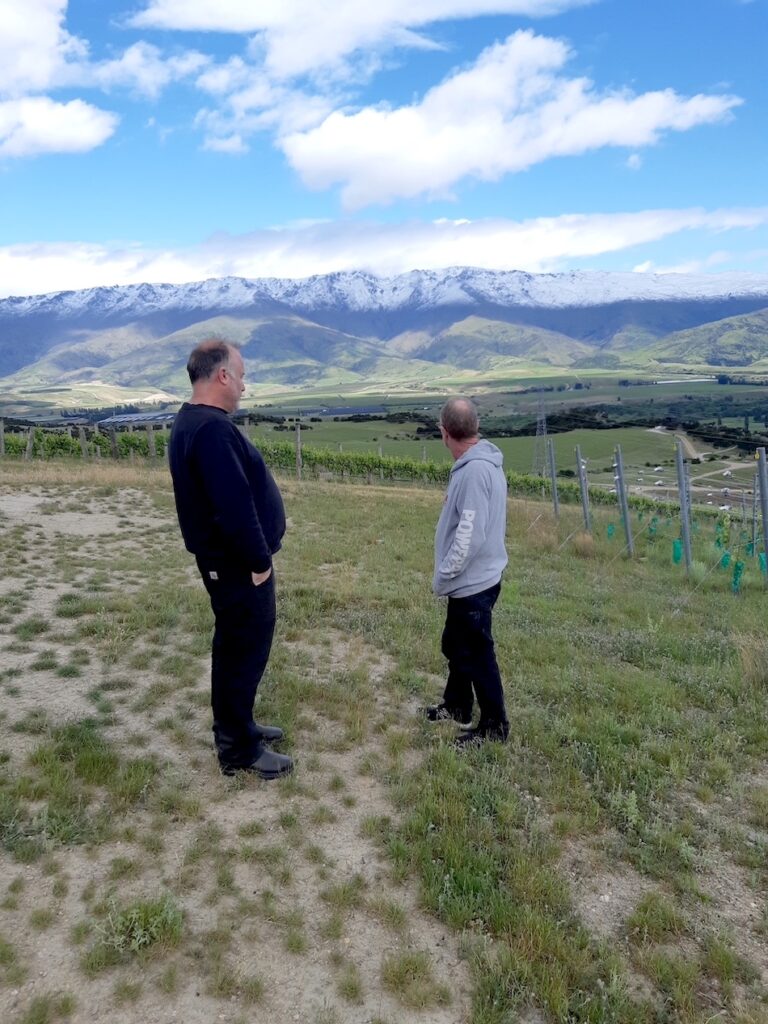
WF: I feel like I ask you about this every five minutes.. but i’ll ask again. The whole bunch thing? Tell me your thoughts again?
PP: You start a dialog with the site, but you don’t have any examples. In those first couple of vintages I trialled whole bunch, but up here it was like pulling a curtain on the vineyard. I could taste something I’d done in the wine. It wasn’t bad, but I could taste it over the vineyard. And I thought ‘you’re a dick. Aren’t you clever making it taste of something you did’. And that annoyed me. There are seasons up here where the stems aren’t lignified. They’re a glow-in-the-dark green, and if you chew on them you gag and die. So I would ask myself what good they would do in a ferment? You wouldn’t want that in your wine – it would be so vegetal. Absolutely disgusting. So even if I was a huge fan you wouldn’t be able to do it uniformly, every year, and you’d end up with this crazy oscillating style, with the same label on the front.
WF: So you are looking for a transparency in the wine, and don’t see the use of stems as part of the site’s terroir?
PP: Stems taste like stems, and how does that help show the site? The flavour of the site is in the fruit, although the stems are part of the structure of the plant obviously. They’re either lignified – brown – or evil green, but in and of themselves, they’re not unique to your site. If I took stems of the same state of lignification from here, from California, from France and put them in neutral water, with alcohol adjusted, and tasted them, it would all taste the same. So, for me, it’s not an expression of the land. It’s not a criticism but I think it fits into extraction and new oak – they’re a winemaking decision. All of those are your variables and all of them will trample all over your vineyard.
WF: Are there are other things that you have learnt to stay away from – or do ‘to do less of’ as you’ve learnt your trade?
PP: Well, extraction is another one. For me, you come in and you think that hand-plunging your Pinot is ‘gentle extraction’. Coming from Oregon you’re doing that two or three times a day thinking that’s gentle. But what I realised quite quickly was a few things. That that was probably far too much, for a start. There was a hardness to those wines that I knew came from me, not the vineyard. The site had structure – I didn’t need to go and make it.
Another interesting thing is that with more extraction – plunging or pumping over or whatever – you don’t necessarily make a more tannic wine. It’s not like the wine is suddenly dry weetbix. But you make a bigger wine. So you make ‘Big Central Pinot’. Those early stereotypes, those big wines. They were often the result of picking a bit late, over extraction, young vines – and warm seasons! By eliminating extraction is how I found the vineyard. Every time I reduced extraction, the wine was better, and tasted truer of somewhere, rather than something.
I realised that my baseline of how I was thinking about it was completely wrong. You forget that if you’re fermenting grapes on their skins – and on a cool site like this the grapes might take ten days to start fermenting – for the best part of a month. That’s a shed load of extraction. So your baseline has to include that, before you even walk in the winery. So the question for me became ‘How much does it need on top of that – to have a full expression and be true?’ And ours was – almost nothing. Those wines were hand-plunged once for the whole of fermentation, about two-thirds of the way through. One plunge – done. We keep the cap wet with some juice and a watering can. The interns call it ‘doing the gardening’.
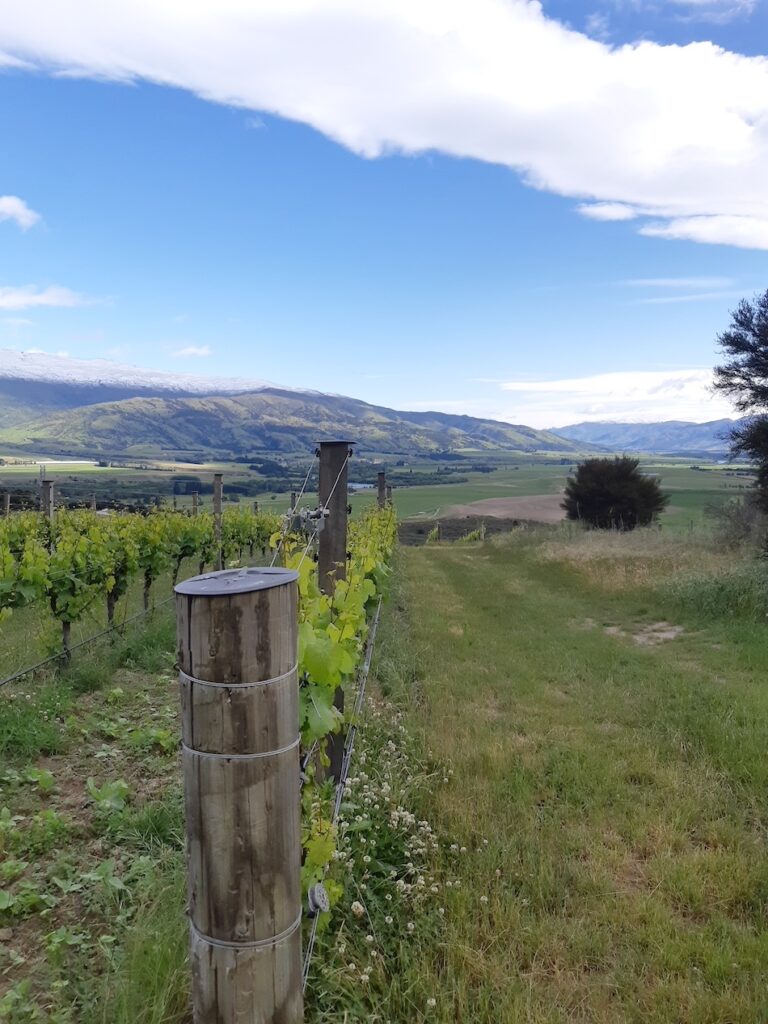
By getting rid of extraction, you reveal the natural tannin profile of the vineyard, which was completely different. You can see it between those two wines. Suddenly tannin structure becomes a unique terroir. Two wines from 2kms apart, handled the same, bottled on the same day, and the tannin profile couldn’t be more different. Suddenly the tannin profile was way better than what I was manufacturing, and each parcel became different. That was cool, but now aromatically and flavour-wise, all of these really delicate aromas that were buried in the big fruit because of the extraction – suddenly they were the wine.
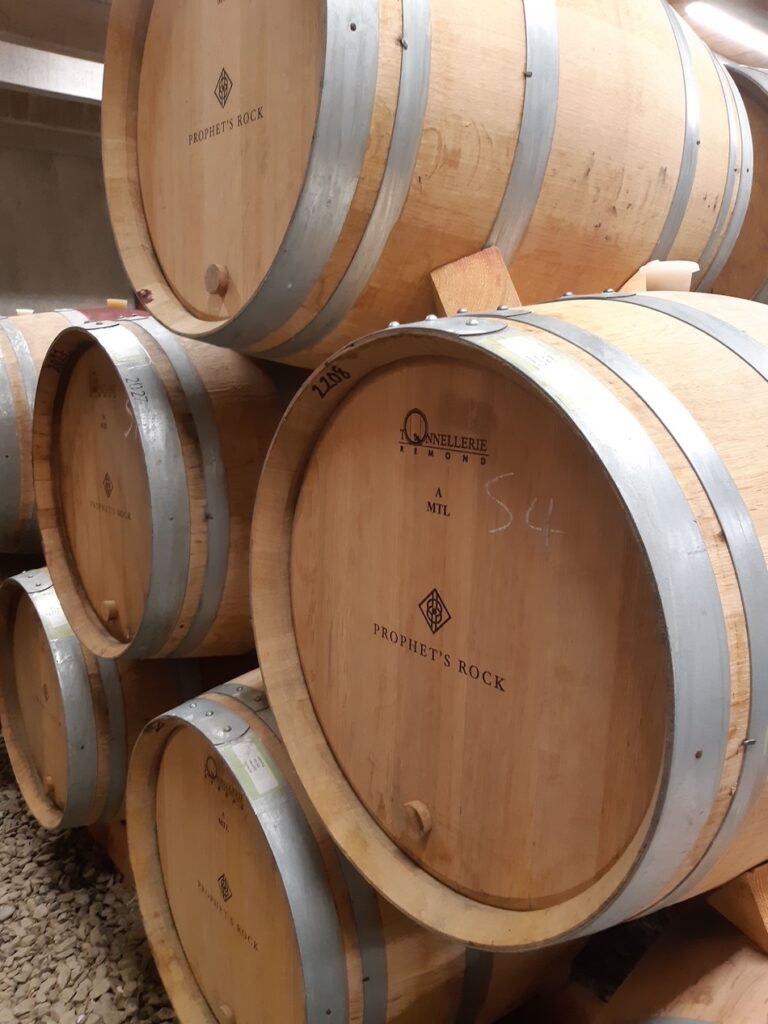
WF: And with the oak?
PP: For the same reasons – I was looking for the barrels to disappear. Not the ones that stick out. Both in terms of cooperage… what forest… what toast level. So that the wine gets the necessary structure that it is going to need, but the vineyard and everything is in front. Giving it a bit of spine but not changing who it is. There are some barrels that will give you a big oak signature, and people go ‘ooh that smells expensive’.

